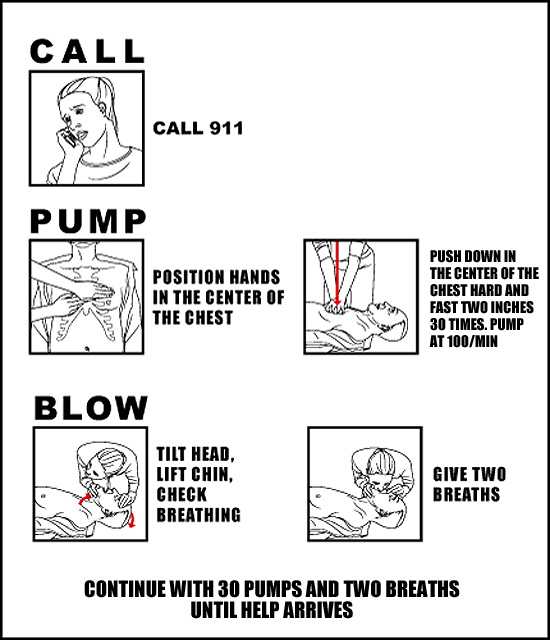Winter airsofting is one heck of an experience. There is no doubt about that. Gameplay is slower, more methodical, and it’s a different kind of fun. Even with this fun, it’s important to prepare yourself appropriately for the weather. Without taking the appropriate precautions, you can fall victim to an environmental emergency.
One of the most common environmental emergencies during the
winter is hypothermia. Hypothermia is when the body gives off more heat than it
can generate and artificially intake. Hypothermia occurs when the body drops
below 98.6 degrees Fahrenheit, which is the internal temperature the body needs
to maintain in order to function properly. The body can lose heat through four
different mechanisms:
- Radiation: When heat is given off into an area or object that has a lower temperature than the radiating object. A person standing outdoors in subfreezing temperatures radiates heat to the surrounding cold atmosphere, primarily through extremities.
- Convection: Convection is the process by which heat is given off into adjacent cold molecules. Thermodynamic laws dictate that heat travels to areas that lack heat (also known as the cold). Convection exists purely because of these thermodynamic laws that exist.
- Conduction: Conduction is when heat is passed through a colder object by direct contact. Water is an excellent conductor of heat. Water will conduct heat 240 times faster than air, which is why a patient immersed in cold water is subjected to more rapid progression of hypothermia than a patient struggling with the cold.
- Evaporation: This is when liquids is heated to a gaseous state, causing a loss in temperature. This is the process of perspiring, which is one of the regulatory mechanisms a body uses to maintain normal temperature.
- Respiration: This is when air heated by the body is exhaled into the atmosphere and replaced with cooler ambient air.
Symptoms of Hypothermia:
The symptoms of hypothermia are categorized in stages in
order to make it easier to recognize. These stages can progress at an undetermined
rate, especially when liquids are involved.
- First Stage: The body shivers in an attempt to raise its core temperature.
- Second Stage: There is mental apathy and loss of motor functions
- Third Stage: There is a decreased level of responsiveness and freezing of the extremities (fingers, toes, etc).
- Fourth Stage: The vital signs begin to decrease and slow.
- Fifth Stage: Death.
When you are attempting to access body temperature, you
should feel the patient’s torso and abdomen. This is the best indicator for
body temperature since you are verifying core body temperature. If it is cold
to the touch, you should check verbal and motor responses. If the patient is shivering,
then they may be in stage one. If shivering is absent, check for stage two and
stage three symptoms for motor function and verbal imparities.
Skin color will progress from normal pink to red then pale
then cyan as hypothermia progresses. It will also become stiff and harder.
Caring for a Hypothermic Patient:
Care for patients with hypothermia begins with their removal
from a cold environment as well as the removal of any and all wet clothing. The
patient should be gradually be warmed by the use of blankets and warm liquids
to the groin, axillary (underarm area), and the cervical (neck) regions as well
as the core area. Digesting of warm liquids is at the digression of the patient
and should never be forced.
Localized cold injuries, such as frostbite, may occur in
extreme hypothermic situations. To minimize damage to these extremities,
splinting and a gradual rewarming of the injured extremity should be
considered.
Ways to Prevent Hypothermia:
Preventing hypothermia is easy and the nature of airsofting
lends to the use of effective cold weather gear while staying compliant with
stereotypical militaristic looks. Fighting hypothermia means that you are
attempting to combat heat transference mechanisms.
- Using Appropriate Layers: This is critical to combat ambient air and water. If you expect the weather to be colder but with dry conditions, consider a soft shell and a waffle layer with a thermal layer. If you expect rain, then consider a hard shell instead of a soft shell or a soft shell with water wicking abilities.
- Staying Dry: Staying dry is extremely important to hypothermia prevention. Note the fact that I stated earlier. “water will conduct heat 240 times faster than air”.
- Redundancies: Bringing extra layers and backup layers is heavily important. These extra layers will determine how well you stay dry and warm in the long term. I personally bring two soft shells just in case my outer layer becomes wet.
- Stay Hydrated: Staying hydrated is extremely important in the summer and the winter. Digestion of warm water is not only better for hydration but, in the winter, it is easier for you to stay warm while having a warm core.
- Be Realistic: Being realistic is easy. If you feel that you are too cold, then stop and warm up. If you feel that you are losing feeling in your fingers, then combat that by warming up your extremities. It’s so important that you are proactive with hypothermia because recovering from hypothermia might involve a trip to the hospital instead of slinging BB’s.































